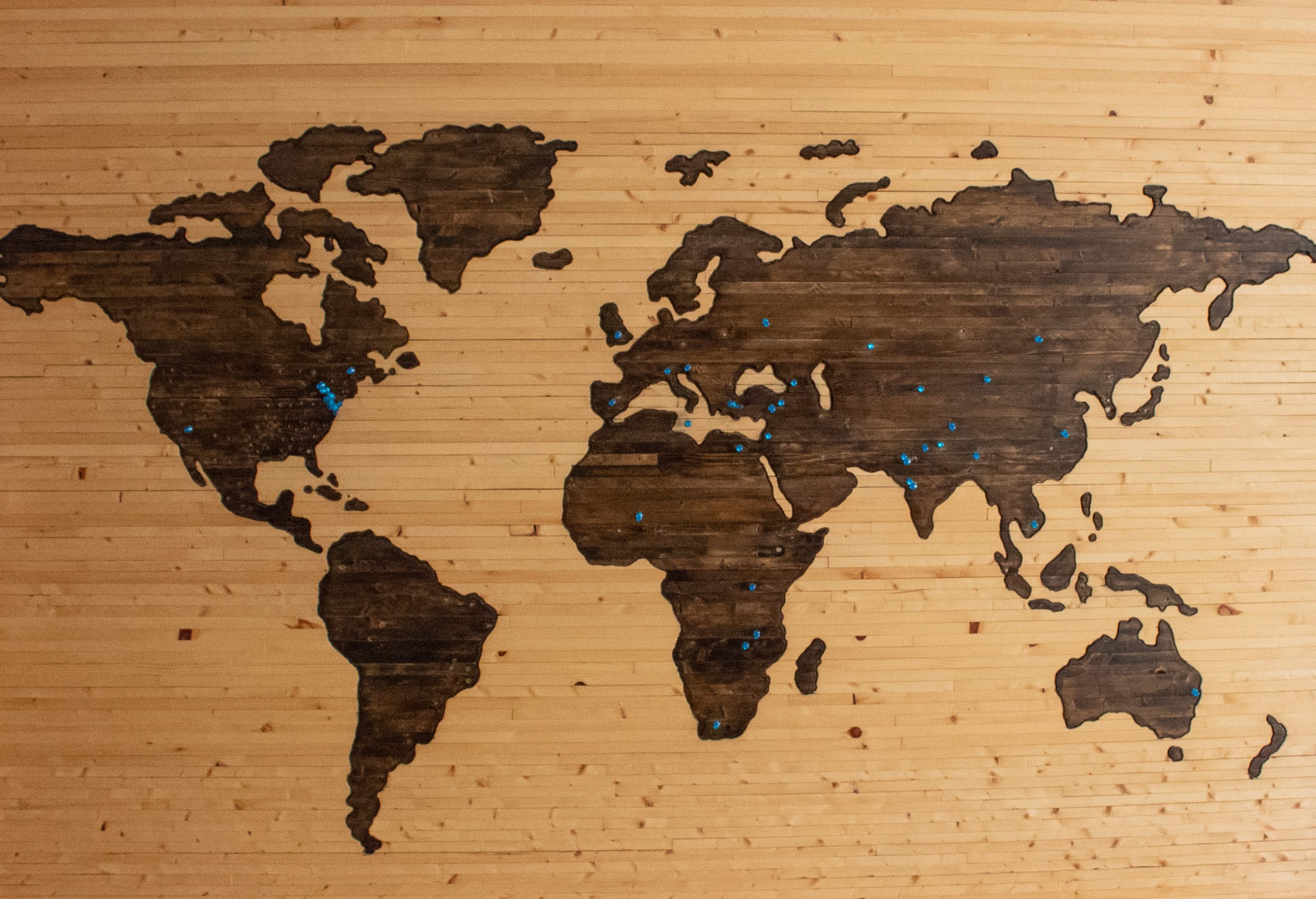While it is generally accepted that migrants face particular vulnerabilities due to intersecting social identities (ethnicity, gender, sexuality, age, nationality, etc.), some cases can be identified as particularly vulnerable. However, recent studies from international research group, the VULNER project, shows that there is no single definition for nations or even individual officials to reference in terms of addressing vulnerability or what places a particular person in a vulnerable position.
The VULNER project has appeared in numerous scientific publications and policy briefs for countries throughout the European Union (EU) and the world, but is currently focusing on migrants seeking protection in Europe (Belgium, Germany, Italy, Norway), Canada, Lebanon, and Africa (Uganda and South Africa). While Canada is acknowledged as one of the nations that is actively attempting to identify these cases and their underlying issues, it also clarifies that there is still much work to do.
The report, “Vulnerability in the Canadian Protection Regime,” acknowledges that definitions of ‘vulnerability’ are various across nations and even officials, and that when addressed, “is rarely paired with the promise to address the underlying issues that contribute to the vulnerability.”
York professor Dagmar Soennecken from the School of Public Policy and Administration is a member of the VULNER team that published Canada’s report that highlights the need for a consolidated global system.
“In some EU countries, government officials and immigrant settlement organizations are increasingly relying on vulnerability screening tools when migrants first arrive in the country to better connect the new arrivals to local services,” says Soennecken.
Soennecken also points out that VULNER researchers in the EU have found a number of issues with screening tools used during the process. They were shocked to find that Canada doesn’t actually utilize the same tools in their own processes, especially for those newly arrived asylum seekers, whose claim for protection is still being assessed.
“In fact, several lawyers who we interviewed as part of the next phase of the Canadian VULNER project told us that they often do not request the few procedural accommodations that exist for asylum seekers in Canada, who they consider vulnerable because these requests are frequently denied and the accommodations offered are quite minimal,” says Soennecken.
Assistant Professor in the department of equity studies, Yvonne Su, adds that “the issue is more whether nations care about the vulnerable in the first place. Countries that do not care for the vulnerable can have many ways beyond a definition of ‘vulnerable’ that stops them from helping others or gives them excuses to not help.”
When it comes to emergency situations, such as conflicts in the Ukraine and Afghanistan, Soennecken and the VULNER team realized that Canada’s systems are not time-sensitive enough.
“The Taliban takeover of Afghanistan, and the repeated calls for faster processing of the paperwork of Afghanis wanting to come to Canada, has certainly shown that our immigration procedures are not very nimble and/or well-suited for emergency situations where migrants are even more at risk and where vulnerabilities can easily be exacerbated.
“Regular immigration procedures — even if they allow migrants who may be at risk or who may be considered vulnerable to immigrate to Canada — are incredibly inflexible during a humanitarian emergency such as the current war in Ukraine. Countries such as Canada, who are not located near the immediate conflict zone, have the luxury of picking and choosing who they consider most at risk, and who they want to allow access to Canada first,” says Soennecken.
While VULNER’s research has shown that while Canada is actively taking steps to address ‘migrant vulnerability’ through policy-making and social support programs, it has also shown that there is still much to be done to find applicable real-world solutions for those facing immediate threat to their security.
“Oftentimes, vulnerabilities are inadvertently created by the government through its administration of the immigration process (long waiting times that separates families and language barriers). Government officials should enter into an open conversation with the United Nations High Commissioner for Refugees, Canadian immigration settlement organizations, and migrants themselves to better understand what the special needs of migrants are, what makes them vulnerable, or what puts them at risk.
“If the goal of Canada’s commitment to humanitarianism is inclusion, then there should also be conversations about the discrepancies between our processes overseas and at home,” Soennecken concludes.


